Market Analysis
Water Electrolysis Market (Global, 2024)
Introduction
Water electrolysis is destined to play a key role in the shift towards sustainable energy solutions, driven by the growing demand for clean hydrogen. The need to reduce carbon dioxide emissions and increase energy security is a concern for governments and industries around the world. Water electrolysis is a promising method for obtaining hydrogen from renewable energy sources. This not only supports decarbonization in transportation, electricity production and industry, but also enables the achievement of zero-emission goals. This is a market with rapid technological development, a growing focus on energy efficiency and the development of new electrolysis designs with improved performance and lower costs. With the integration of water electrolysis into the grid, new opportunities for growth and collaboration between energy companies are expected to emerge. The water electrolysis market is at the forefront of the hydrogen economy, offering a pathway to a cleaner and more resilient energy future.
PESTLE Analysis
- Political
- In 2024, the government's climate-control policies are increasingly favourable to the adoption of greener, hydrogen-based industries, such as water-electrolysis. In Europe, for example, the European Union has earmarked a budget of one billion and a half million to support the manufacture of hydrogen by electrolysis, and hopes to produce ten million tons of renewable hydrogen by 2030. This political support is of vital importance to the market, as it encourages investment and the development of a supporting infrastructure.
- Economic
- In 2024 the world's investment in hydrogen technology, including the electrolysis of water, reached about $ 20 billion, indicating that hydrogen had become a key player in the transition to a low-carbon economy. And the price of electricity from renewable sources, which is an important input for the water electrolysis process, fell to an average of forty dollars per megawatt-hour in Europe, which made the process more economically feasible and attractive.
- Social
- In the same way, the public is increasingly aware of hydrogen as a clean energy source, and in a recent survey 65% of the population in the main economies supported the use of hydrogen in energy production. The public is becoming increasingly aware of the importance of climate change and the need for sustainable energy solutions. In addition to the general education, community education and public involvement are being implemented to increase public awareness of the benefits of water electrolysis.
- Technological
- The use of electrolysis had improved by 2024, when the efficiency of the proton exchange membrane (PEM) electrolyzers had increased by 20 per cent, to a maximum of 80 per cent. This technological advance had reduced the cost of hydrogen production, and increased the competitiveness of water electrolysis against other methods of hydrogen production, such as steam methane reforming.
- Legal
- Regulations are being established to support the hydrogen economy. By 2024, more than thirty countries will have adopted regulations for hydrogen production and use. For example, the U.S. Department of Energy has established guidelines for hydrogen production that include safety standards and environmental assessments—crucial for ensuring the safe development of water-splitting technology.
- Environmental
- A new emphasis has been placed on the subject of the environment. Studies show that if electricity from the sun or from wind is used for the electrolysis of water, the resulting reduction of greenhouse gases compared to the use of fossil fuels is as much as ninety percent. The International Energy Agency reported in 2024 that the use of water electrolysis could, by 2030, save a possible 1,500 million tons of carbon dioxide. This would be of great value in the context of the international climate agreement.
Porter's Five Forces
- Threat of New Entrants
- The market for water-electrolysis is characterized by a medium barrier to entry. The required technology and the necessary investment can be substantial. Despite this, the growing demand for hydrogen and renewable energy solutions attracts new players. A number of established companies have the advantage of experience and economies of scale, but new and inventive start-ups can disrupt the market with new and disruptive technologies.
- Bargaining Power of Suppliers
- The suppliers of water electrolysis have a low bargaining power. It is due to the fact that several suppliers produce the key components such as the electrolyzer and the catalyst. Furthermore, technological developments lead to a wider choice of suppliers, which diminishes the power of a single supplier over the price and terms of supply.
- Bargaining Power of Buyers
- The buyers in the market for water electrolysis have high power of purchase, mainly because of the increasing number of alternatives and the competitive situation. As more companies enter the market and offer similar products, the buyer can negotiate better prices and terms. Furthermore, the increasing importance of sustainable and renewable energy solutions gives the buyer the opportunity to demand more efficient and cheaper technology.
- Threat of Substitutes
- The threat of substitutes in the water-electrolysis market is moderate. While water-electrolysis is the main method of hydrogen production, other methods, such as steam methane reforming and biogas, also exist. Nevertheless, the trend towards clean energy and the increasing efficiency of electrolysis may counteract this threat, as consumers and industries seek sustainable solutions.
- Competitive Rivalry
- Competition in the water-electrolysis market is high, driven by the rapid growth of the hydrogen economy and the growing number of companies operating in the field. The main points of competition are technological developments, cost reductions and increased efficiency. Competition is exacerbated by the drive for decarbonization and the transition to renewable energy sources, which also spurs innovation and marketing strategies.
SWOT Analysis
Strengths
- Growing demand for clean hydrogen production as a renewable energy source.
- Technological advancements improving efficiency and reducing costs of electrolysis systems.
- Strong government support and incentives for green hydrogen initiatives.
Weaknesses
- High initial capital investment required for electrolysis equipment.
- Dependence on renewable energy sources, which can be intermittent.
- Limited awareness and understanding of electrolysis technology among potential users.
Opportunities
- Expansion of hydrogen infrastructure and fuel cell technology.
- Increasing investments in research and development for advanced electrolysis methods.
- Potential partnerships with industries seeking to decarbonize their operations.
Threats
- Competition from alternative hydrogen production methods, such as steam methane reforming.
- Fluctuations in energy prices affecting the cost-effectiveness of electrolysis.
- Regulatory changes that may impact the viability of hydrogen projects.
Summary
The Water Electrolysis Market in 2024 is characterized by the following strong points: the rising demand for clean hydrogen and the technological advancements that enhance the efficiency. However, the high initial costs and the reliance on alternative energy sources are the weaknesses of the market. Opportunities are seen in the expanding hydrogen economy and the rise in R&D investment. Threats are posed by the alternative production methods and the regulatory framework. Strategically, focusing on innovation and partnerships will be crucial for the market players.

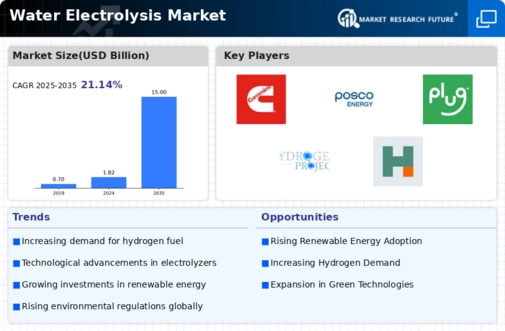
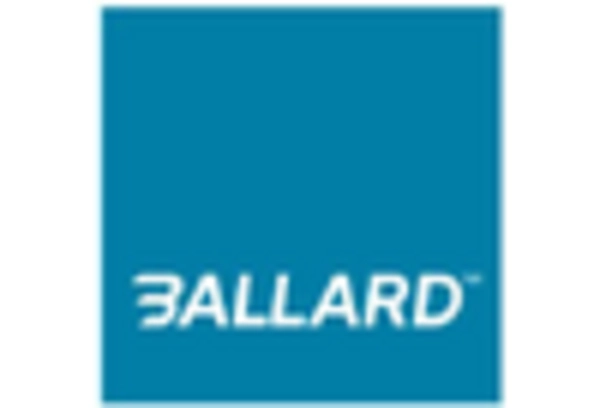

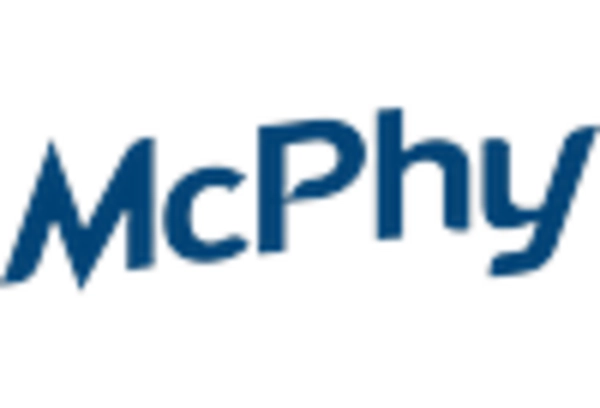
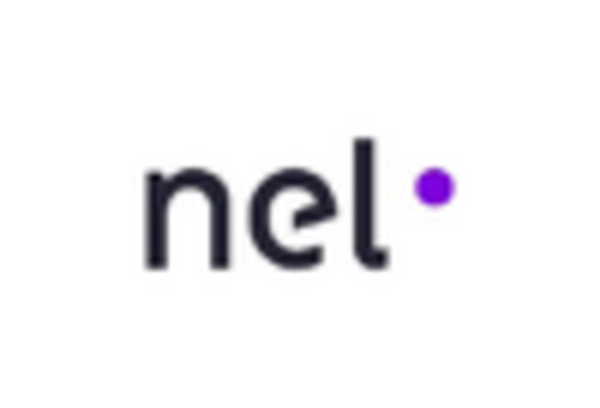
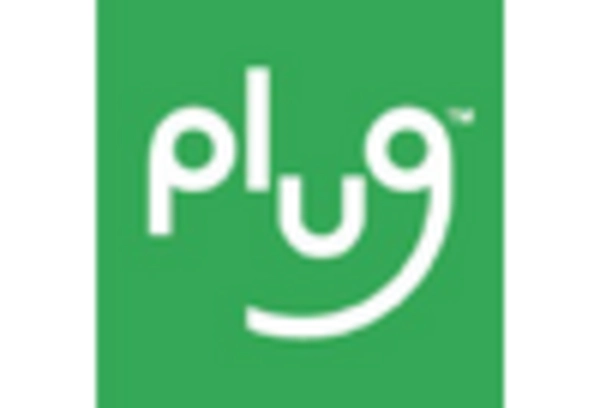
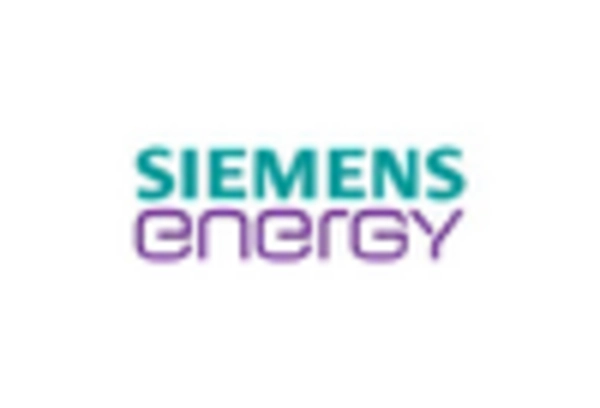









Leave a Comment